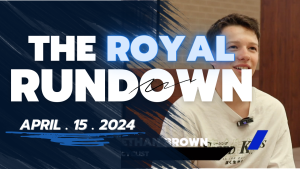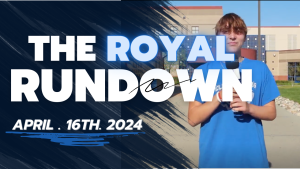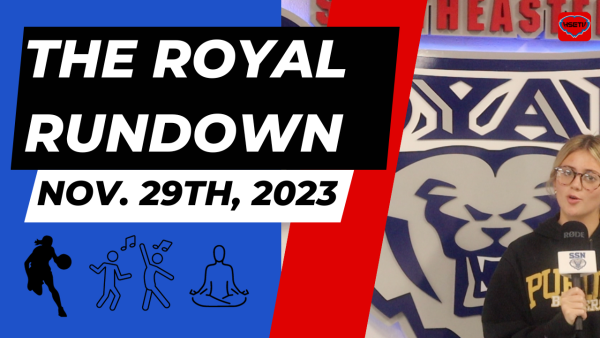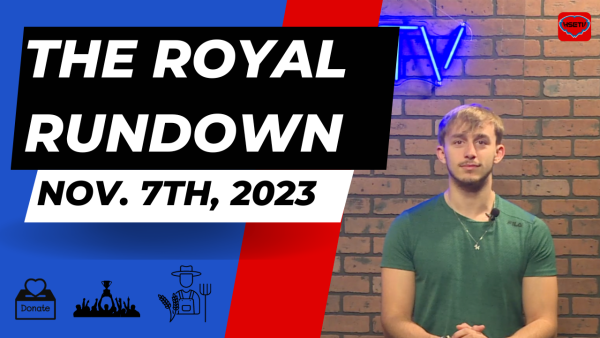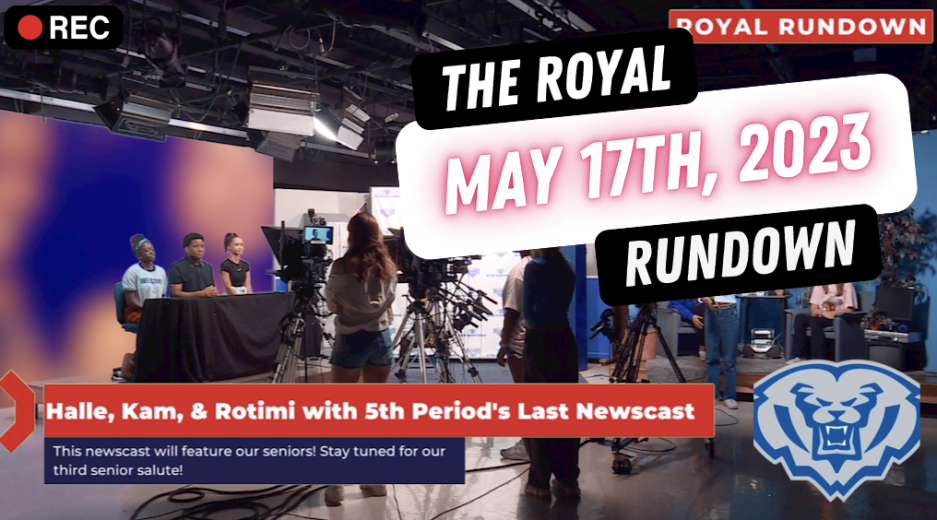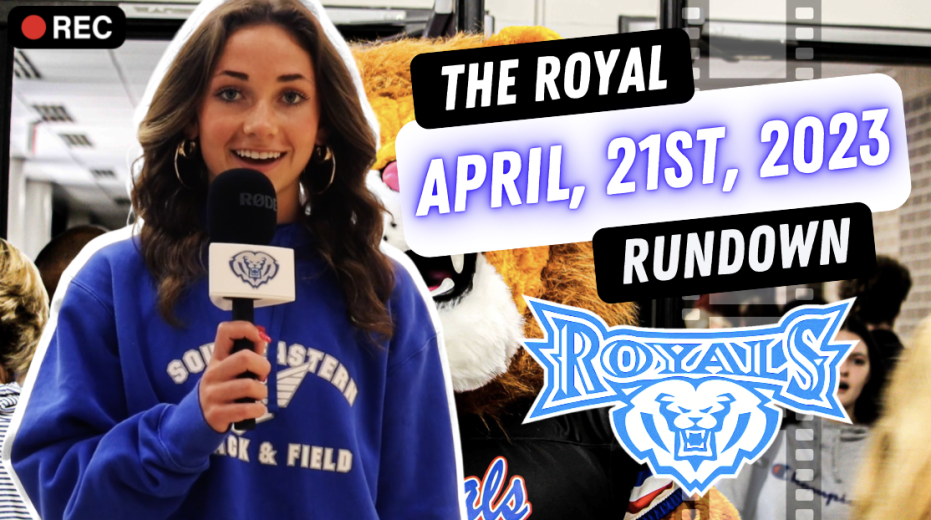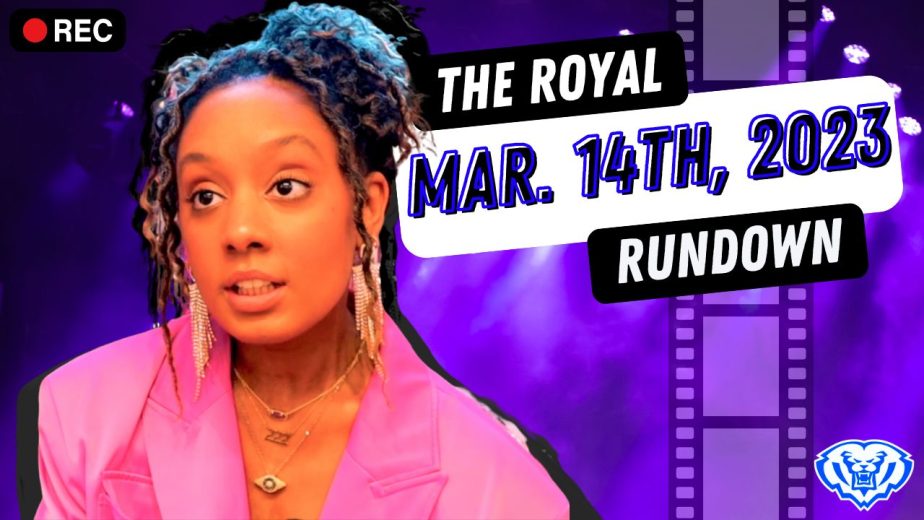Lyrids Meteor Shower Visible in Fishers
April 25, 2022
Meteor showers can be viewed and adored as shooting stars. The meteor showers actually occur when Earth passes through the debris of a comet or asteroid. Meteors are rock and ice pieces formed when separated from moving comets in orbit around the sun. NASA states, “approximately 30 meteor showers occur each year that are visible to observers on Earth. Some of these showers have been around longer than 100 years.”
On the night between April 21st and April 22nd, the Lyrids meteor shower will peak. The Lyrids began on April 14th and are expected to stay until the 30th.
The Lyrids meteor shower is one of the oldest to reoccur and according to the organization, EarthSky, there are records dating back to 2,700 years. The Lyrids’ come from a comet named Comet Thatcher and it takes 417 years to orbit the sun once. Furthermore, meteor showers are named based on the constellation their radiant is located in. The Lyrids meteor shower is found in the constellation Lyra.
During the peak, it is likely for about ten to twenty meteors to be visibly seen shooting across the sky every hour, but occasionally hundreds can be seen. Although, visibility may be obstructed due to light pollution and bright moonlight.
In Hamilton County, the night sky is brightened as outdoor lights are on homes, buildings and streetlights in neighborhoods and main roads. The stars are visible to a smaller, saddening extent when compared to other locations with less light pollution. The moonlight also has effect on the visibility of the Lyrids this year. On the 21st, the moon phase is a waning gibbous, simply meaning it is about ¾ full. Despite the brighter moon, a shooting star is still likely to be seen from your home on a night relatively close to the peak. It is recommended to look in the late evening before moonrise, or much later at night when the sky appears to be the darkest.
https://earthsky.org/astronomy-essentials/everything-you-need-to-know-lyrid-meteor-shower/
https://www.nasa.gov/pdf/741990main_ten_meteor_facts.pdf
For a live map of the night sky in Indianapolis, visit this link!
https://www.timeanddate.com/astronomy/night/usa/indianapolis




